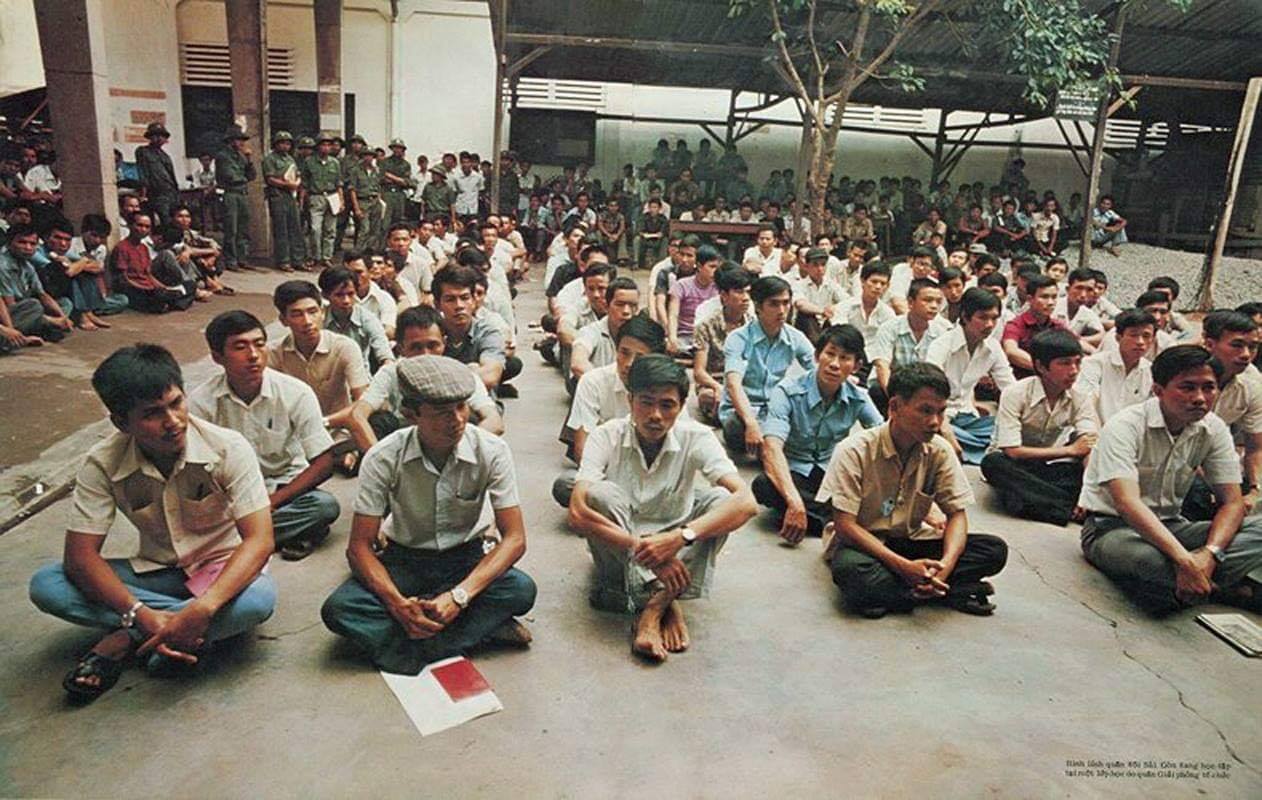
Seventy-five years ago, in November 1946 a brief article appeared in the Birmingham Star Gazette with an accompanying photo. Patients from the Birmingham VA Medical Center in Van Nuys, California beat the team of doctors they were playing in a game of wheelchair basketball by a score of 16-6. While the article was brief, the event it marked was significant both in Veterans and sports history. The first ever wheelchair basketball game that night signified a culminating moment and a new beginning.
Athletic and recreational activities had long been ingrained into the fabric of Veteran’s hospitals and Soldiers Homes since the inception of Veterans health care at the end of the Civil War. The physical and mental rehabilitative benefits of recreation and activities was supported by the addition of baseball fields, gyms, golf courses, swimming pools, and multipurpose recreational halls.
The post-World War II period saw several significant advancements that led to basketball becoming the next popular sport in Veteran rehabilitation. First, advances in battlefield medicine and faster access to medical care meant that spinal cord injuries (SCI) were more survivable than they previously had been, creating a large community of paraplegic Veterans. In addition, advancements in wheelchair design left users with an increased range of motion and agility, making chairs a preferable and practical option to crutches or remaining bedridden. Under the leadership of VA Administrator General Omar Bradley and Chief Medical Director Paul Hawley, spinal cord rehabilitation became a center of focus in Veterans medical care beginning in 1946 and VA became a pioneer in the field
Athletics, as they always had been, became part of the comprehensive rehabilitative process for a new patients with SCI. Basketball had been a growing in popularity since its inception in 1891, and the Basketball Association of America, the forerunner of the National Basketball Association was founded months earlier in June of 1946. Basketball not only rehabilitated SCI patients by working core muscle groups, but the sport also provided relief and a community for patients. The sport meant they could enjoy a familiar activity in a now unfamiliar world while building comradery with fellow patients. It was after watching paralyzed Veterans play informal pickup games of basketball in their wheelchairs that Birmingham VA Hospital Assistant Athletic Director Rob Rynerson first began to conceive of the new sport. Rynerson created new rules based on his perception that the wheelchair, which he deemed the “means of ambulation” was a natural extension of the player’s body.1 The new rules, organization, and enthusiasm among the patients culminated in the victory over their doctors, who were also using wheelchairs. As the hospital newsletter reported, “Call it the most unusual basketball game ever played- or the first time in the United States that paraplegics have entered competitive sports in wheelchairs- or simply that it was an action packed, fast moving, and exciting contest.”2

The game spread quickly in popularity and just two years later six teams emerged representing half a dozen VA hospitals. After one match in 1948, the New York Times noted of the players, “The years to come are not going to be wasted in self-pity or vain regrets…They are going to be participants.”3 In addition to providing therapy and recreation, the paralyzed basketball community also began to advocate for disability rights and formed the Paralyzed Veterans of America, adding more than just victories on the court to their list of accomplishments and achievements.
In the years since, many wheelchair basketball games have been played on many courts around the world. The legacy of what began 75 years ago, still holds true today; wheelchair basketball rehabilitates the body, mind, and provides communities of excellence while normalizing disabilities. The game that night marked a new chapter in the recreational therapy for Veterans and kicked off one the most widely recognized adaptive sports, ushering in a new era of adaptive sports that continues to this day.
Footnotes
- David Davis, “The Newsweek Cover That Helped Change the Image of Americans With Disabilities,” Zocalo Public Square, August 23, 2021. ↩︎
- David Davis, “The Paralyzed World War II Veterans Who Invented Wheelchair Basketball,” Smithsonian Magazine, September 2, 2020. ↩︎
- “Best Years of Their Lives,” New York Times, Feb 27, 1948. ↩︎
By Katie Delacenserie
Historian, Veterans Health Administration
Share this story
Related Stories

Featured Stories
A Brief History of the Board of Veterans’ Appeals
On July 28, 1933, President Franklin Delano Roosevelt signed Executive Order 6230 creating the Board of Veterans’ Appeals (BVA). The BVA was created as part of the Veterans Administration (VA), which had been established only three years earlier.

Featured Stories
The Fall of Saigon 1975: A South Vietnamese Military Physician Remembers
"There was chaos in the streets when I made my way to the hospital on the morning of April 30, 1975. In a place of order, there was now great confusion. The director and vice director of the hospital were gone, making me, the chief of medicine, the highest-ranking medical officer."



